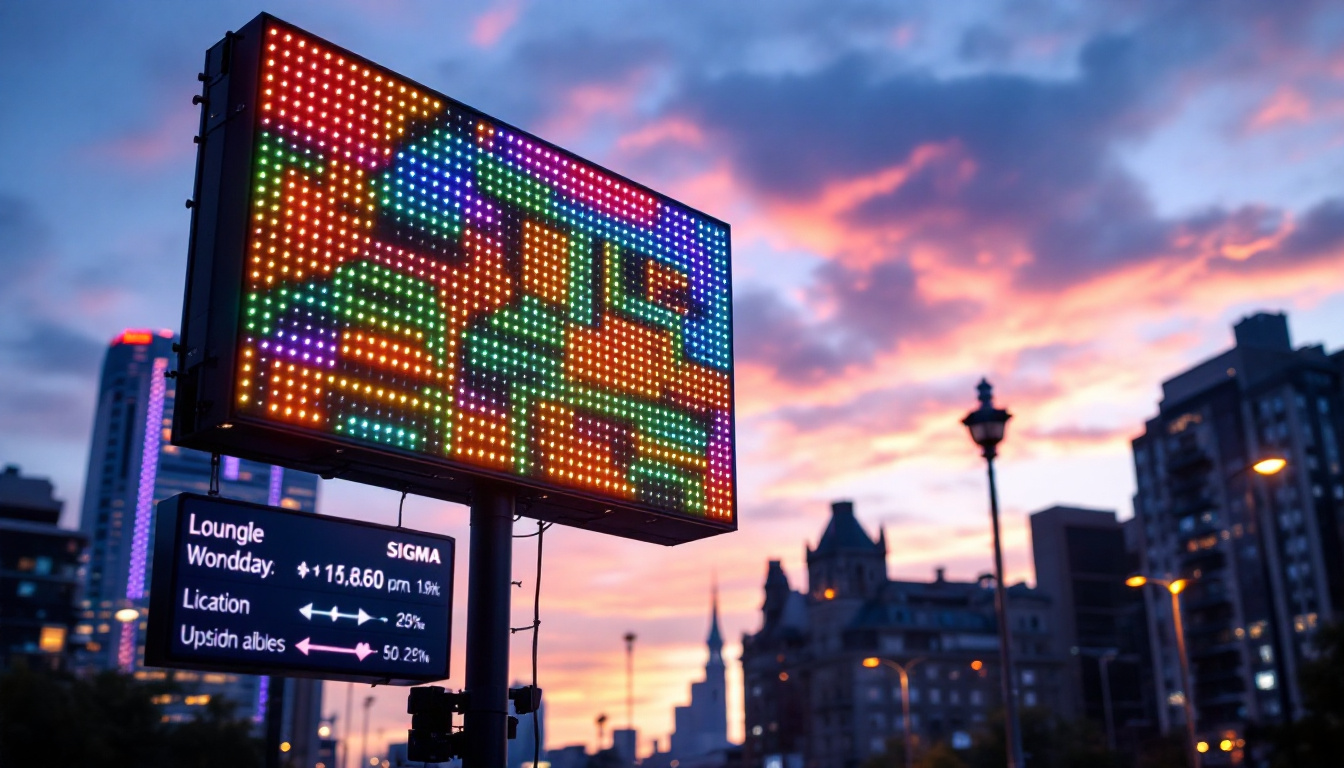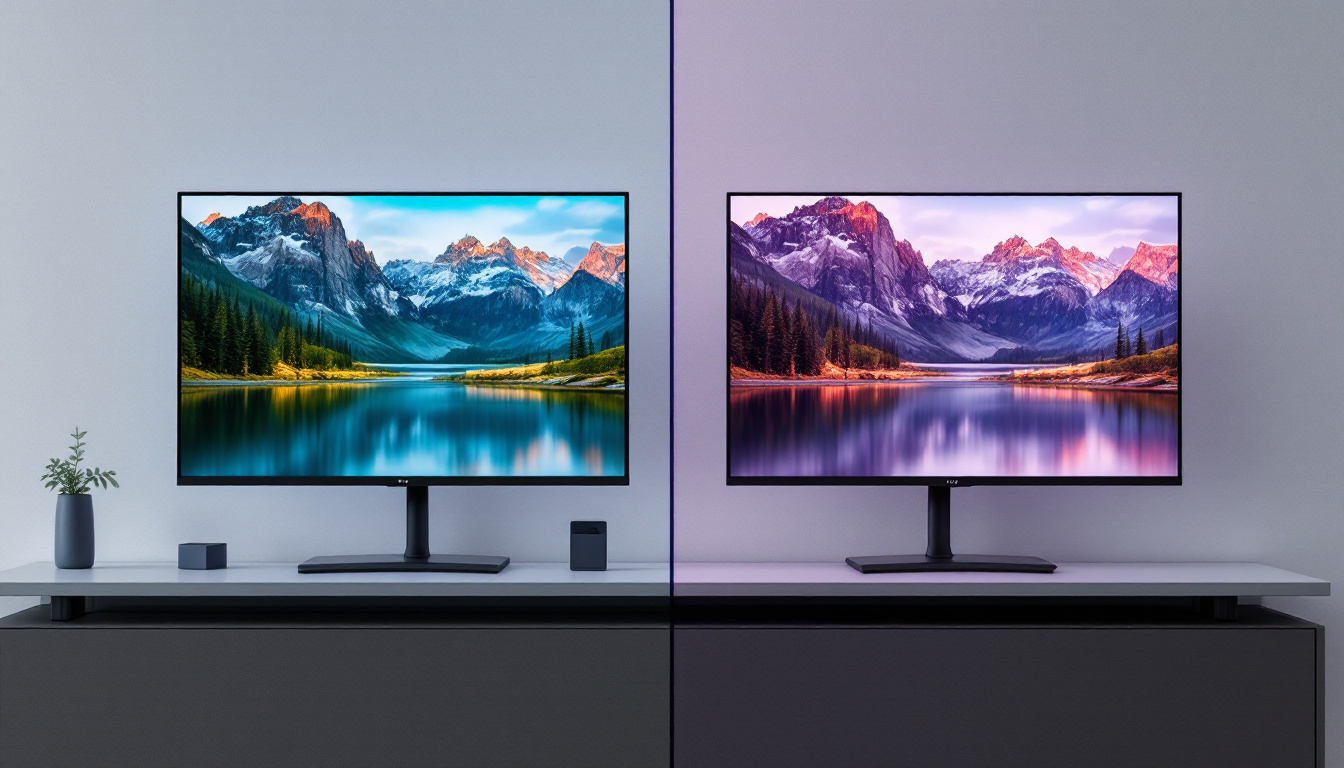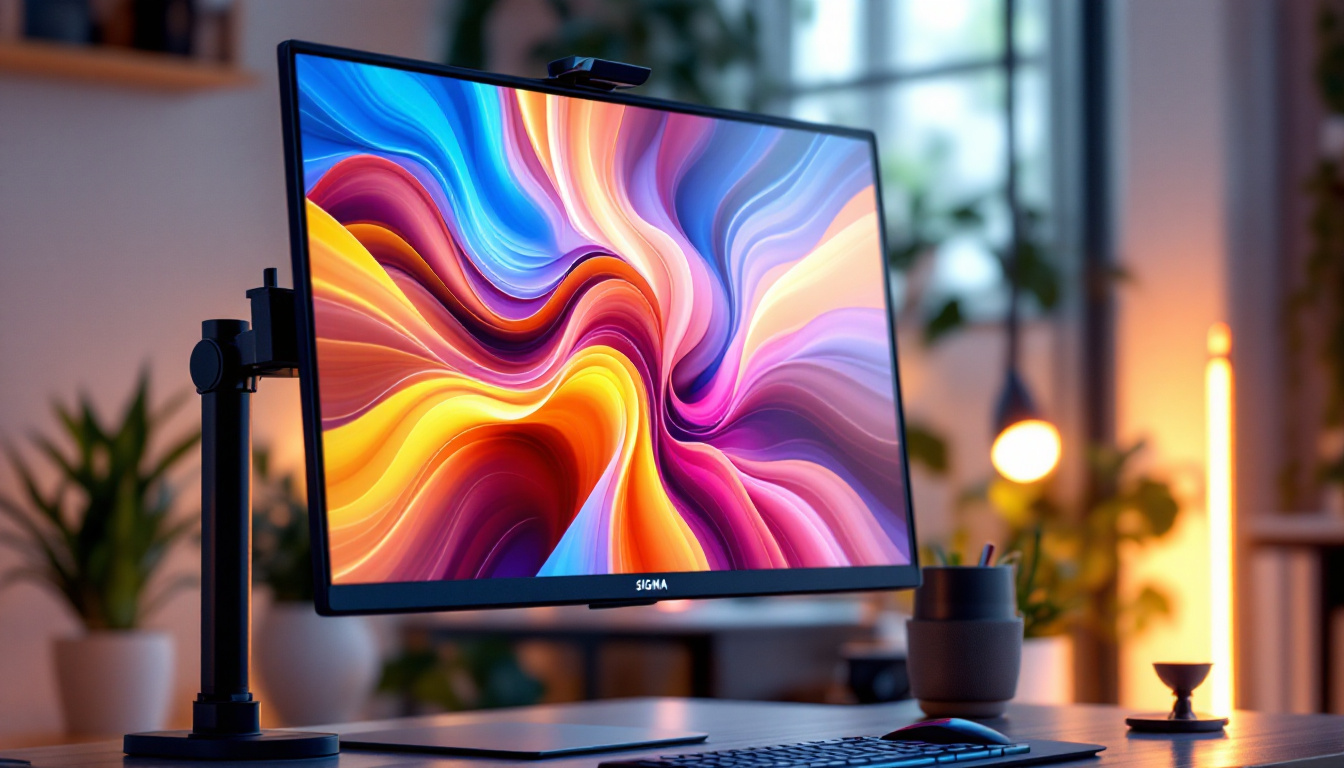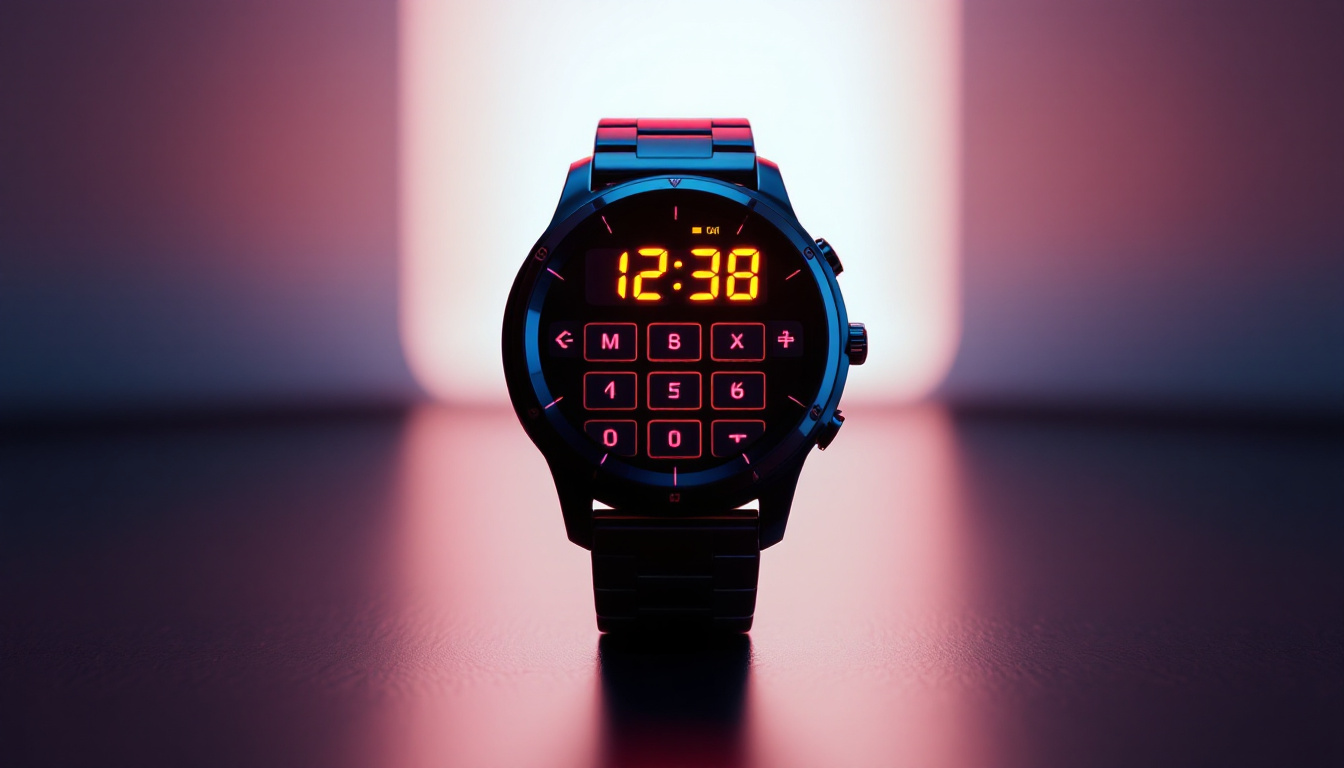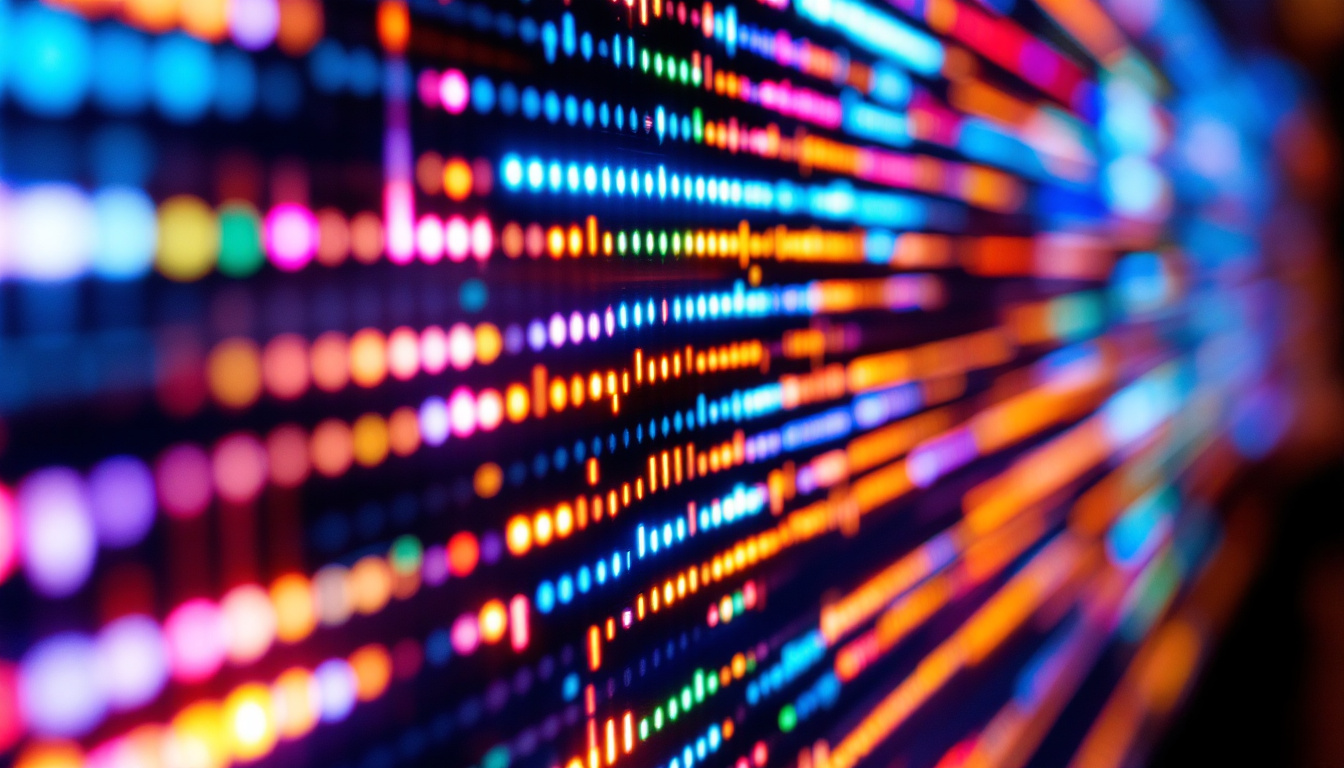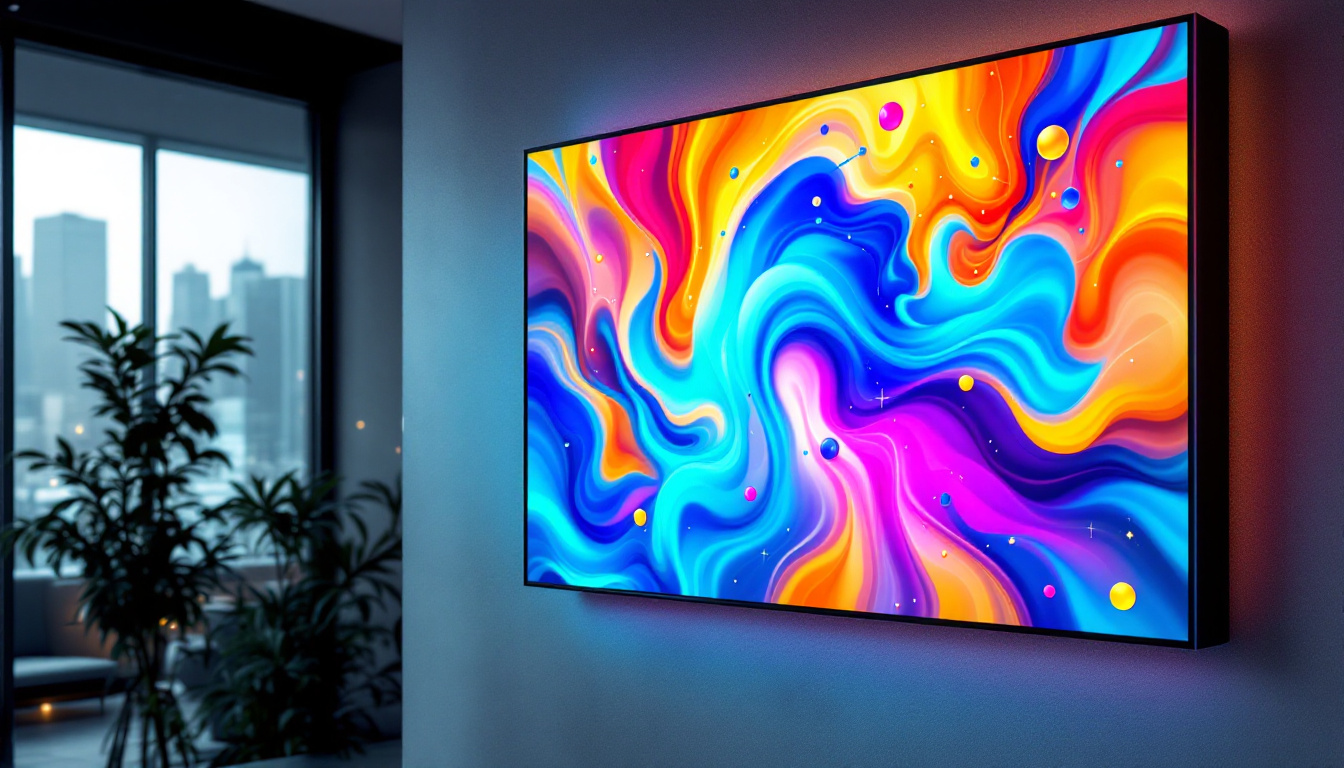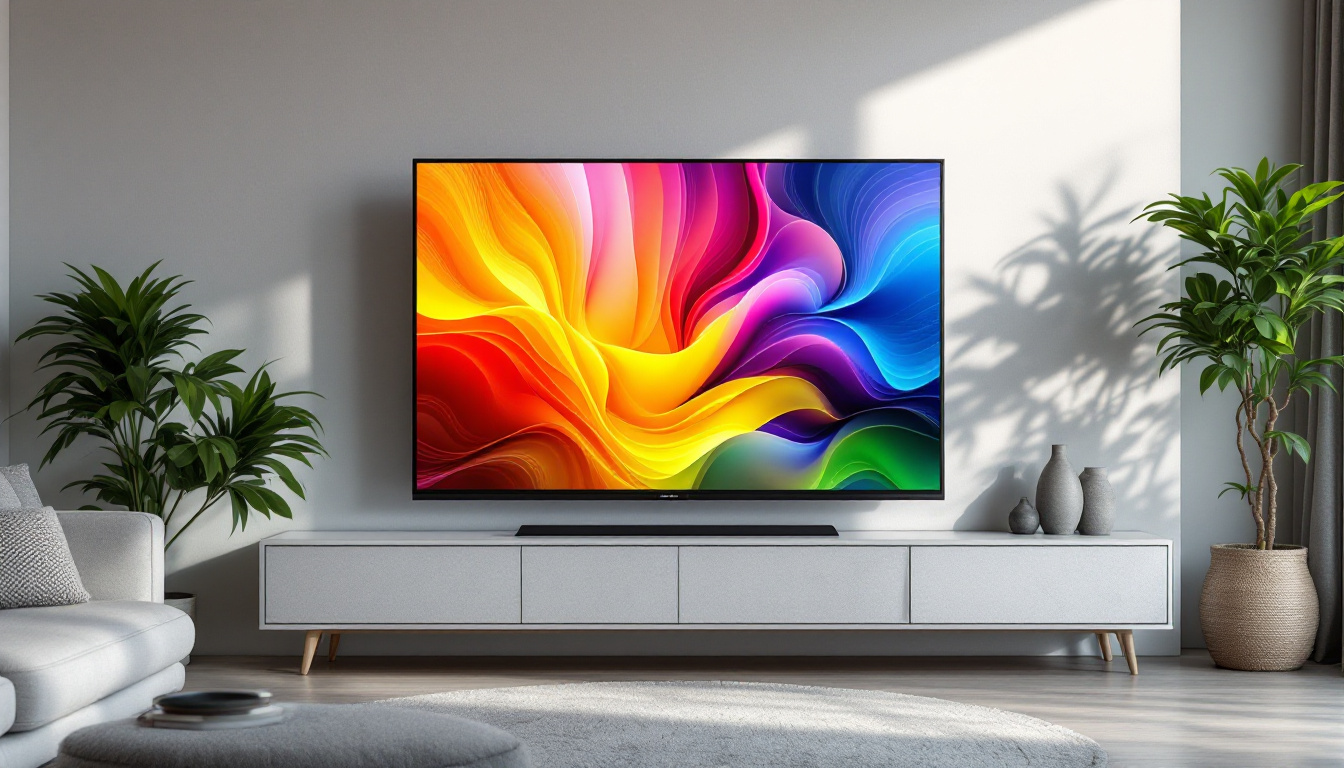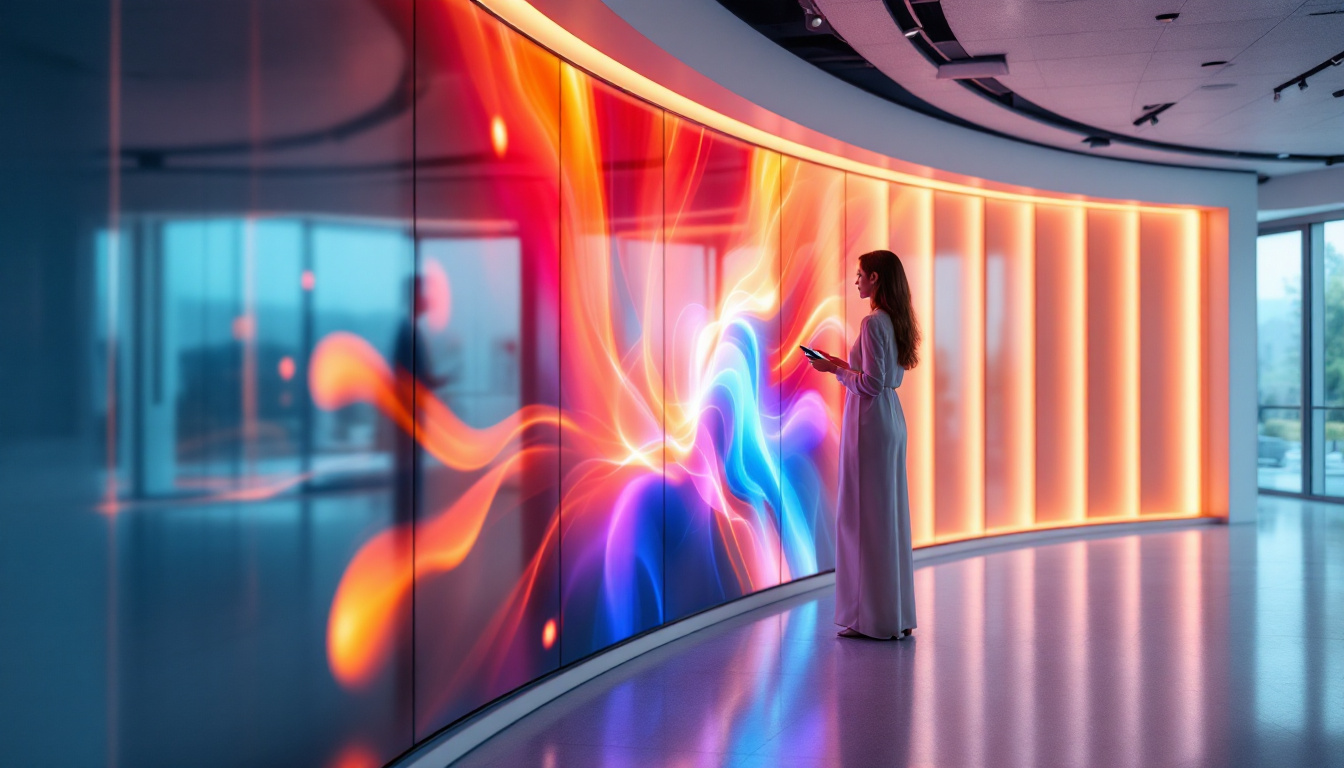The tach screen, or tachometer screen, is an essential component in various vehicles and machinery, providing critical information about engine performance and operational status. One of the most common forms of tach screens is the LED display, which has gained popularity due to its clarity, efficiency, and versatility. This article delves into the intricacies of tach screens, focusing on LED technology, its advantages, applications, and future trends.
Understanding Tachometers
A tachometer is an instrument that measures the rotation speed of a shaft or disk, typically in revolutions per minute (RPM). It serves as a vital tool for monitoring engine performance, ensuring that the engine operates within optimal parameters. Tachometers can be found in various applications, from automotive dashboards to industrial machinery. By providing real-time feedback on engine speed, tachometers help prevent mechanical failures and enhance overall efficiency, making them indispensable in both personal and commercial vehicles.
Types of Tachometers
Tachometers can be categorized based on their operation and display technology. The primary types include mechanical, electronic, and digital tachometers. Mechanical tachometers use a needle and dial system, while electronic tachometers utilize sensors to provide readings. Digital tachometers, often featuring LED displays, offer enhanced clarity and precision. Each type has its advantages; for instance, mechanical tachometers are known for their reliability in harsh environments, while electronic versions can provide more accurate readings and integrate seamlessly with other electronic systems in modern vehicles.
The Role of LED Displays
LED (Light Emitting Diode) displays have revolutionized the way tachometers present data. Unlike traditional analog displays, LED screens provide a digital readout that is easier to read and interpret. The brightness and contrast of LED displays make them suitable for various lighting conditions, ensuring that users can easily monitor their engine’s performance. Moreover, many modern LED tachometers come equipped with additional features such as customizable warning lights and peak hold functions, which alert the driver when RPMs exceed safe levels. This not only enhances safety but also allows for more informed driving decisions, particularly in high-performance or racing scenarios.
In addition to their practical applications, LED tachometers often incorporate advanced technology such as Bluetooth connectivity, allowing users to sync their devices with smartphones or tablets. This feature enables drivers to track performance metrics over time, analyze data, and make adjustments to improve efficiency or power output. The integration of such technology signifies a shift towards smarter automotive solutions, where data-driven insights can lead to better maintenance practices and enhanced vehicle longevity. As the automotive industry continues to evolve, the role of tachometers, particularly those with LED displays, will likely expand, offering even more sophisticated tools for performance monitoring and optimization.
Advantages of LED Displays in Tach Screens
LED displays offer numerous benefits that make them a preferred choice for tach screens. These advantages extend beyond mere aesthetics, influencing functionality and user experience significantly.
Clarity and Readability
One of the most significant advantages of LED displays is their clarity. The bright, vibrant colors and sharp contrast make it easy for users to read the information quickly, even in direct sunlight or low-light conditions. This clarity is crucial for drivers and operators who need to make split-second decisions based on the tachometer readings. Furthermore, the ability to customize the display settings allows for enhanced visibility; users can adjust brightness levels and color schemes to suit their specific environments, ensuring that the information remains accessible at all times.
Durability and Longevity
LED technology is known for its durability. Unlike traditional bulbs, LEDs are more resistant to shock and vibrations, making them ideal for automotive and industrial applications. Additionally, LED displays have a longer lifespan, reducing the need for frequent replacements and maintenance, which can be costly and time-consuming. This resilience is particularly advantageous in harsh environments, where exposure to extreme temperatures and moisture can damage other types of displays. As a result, LED tach screens are not only a smart investment but also a reliable choice for long-term use.
Energy Efficiency
Energy efficiency is another significant advantage of LED displays. They consume less power compared to traditional display technologies, which is particularly beneficial in battery-operated devices. This efficiency not only extends the life of the device but also contributes to lower operational costs. Moreover, the reduced energy consumption aligns with growing environmental concerns, as it helps decrease the overall carbon footprint associated with electronic devices. As industries increasingly prioritize sustainability, the adoption of LED technology in tach screens represents a forward-thinking approach that balances performance with ecological responsibility.
Versatility in Design
Another noteworthy advantage of LED displays in tach screens is their versatility in design. Manufacturers can create displays in various shapes and sizes, allowing for seamless integration into different vehicle dashboards or machinery panels. This adaptability means that LED tachometers can be tailored to meet specific user needs, whether for high-performance racing vehicles or heavy-duty industrial equipment. Furthermore, the lightweight nature of LED technology facilitates innovative designs that can enhance the overall aesthetic appeal of the equipment, making it not just functional but also visually striking.
Real-Time Data Display
LED displays also excel in providing real-time data, which is essential for applications where immediate feedback is crucial. The rapid response time of LED technology ensures that tachometer readings are updated instantaneously, allowing users to monitor performance metrics such as RPMs with precision. This capability is particularly beneficial in scenarios where maintaining optimal engine performance is vital, such as in motorsports or aviation. By delivering accurate, real-time information, LED tach screens empower users to make informed decisions that can enhance safety and efficiency in their operations.
Applications of LED Tach Screens
LED tach screens are utilized across various industries, showcasing their versatility and importance in modern technology. From automobiles to aviation, the applications of LED tachometers are vast and varied.
Automotive Industry
In the automotive sector, LED tach screens are a common feature in modern vehicles. They provide drivers with real-time information about engine performance, helping them to optimize fuel efficiency and maintain engine health. The digital readouts allow for quick interpretation of RPM levels, which is essential for smooth driving and gear changes.
Aerospace and Aviation
In aviation, LED tachometers play a critical role in monitoring engine performance. Pilots rely on accurate RPM readings to ensure safe operation during takeoff, cruising, and landing. The reliability and precision of LED displays are vital in this high-stakes environment, where every second counts.
Industrial Machinery
Industrial machinery often employs LED tach screens to monitor the performance of motors and other rotating equipment. These displays help operators maintain optimal operational conditions, reducing the risk of equipment failure and increasing overall efficiency. The ability to quickly assess RPM levels can lead to improved productivity and cost savings.
Future Trends in LED Tach Screens
The future of LED tach screens appears promising, with ongoing advancements in technology and design. As industries continue to evolve, so too will the capabilities and features of tachometers.
Integration with Smart Technology
One of the most exciting trends is the integration of LED tach screens with smart technology. This includes connectivity with smartphones and other devices, allowing users to monitor performance remotely. Such advancements can lead to more informed decision-making and proactive maintenance strategies.
Enhanced Customization
As user preferences evolve, the demand for customizable displays is on the rise. Future LED tach screens may offer personalized settings, allowing users to choose how information is presented. This could include adjustable color schemes, font sizes, and even the ability to display additional data alongside RPM readings.
Increased Use of Augmented Reality
Augmented reality (AR) is making its way into various sectors, and tachometers are no exception. Future developments may include AR overlays that display RPM readings directly onto the windshield of a vehicle or the visor of a pilot’s helmet. This innovative approach could enhance safety and situational awareness.
Challenges and Considerations
While LED tach screens offer numerous advantages, there are also challenges and considerations that manufacturers and users must address. Understanding these aspects is crucial for maximizing the benefits of this technology.
Cost Implications
Although LED technology has become more affordable over the years, the initial cost of implementing LED tachometers can still be higher than traditional analog systems. This cost can be a barrier for some industries, particularly small businesses or those operating on tight budgets. However, the long-term savings in maintenance and energy consumption often justify the investment.
Data Accuracy and Calibration
Ensuring the accuracy of readings is paramount for any tachometer. LED displays must be calibrated correctly to provide reliable data. Regular maintenance and checks are necessary to prevent discrepancies that could lead to operational issues. Users should be aware of the importance of keeping their tachometers in optimal condition.
Environmental Considerations
As with any electronic device, environmental considerations play a role in the production and disposal of LED tach screens. Manufacturers must focus on sustainable practices, including the use of recyclable materials and energy-efficient production methods. Users should also be mindful of proper disposal methods to minimize environmental impact.
Conclusion
LED displays have transformed the tachometer landscape, providing enhanced clarity, durability, and energy efficiency. As industries continue to embrace this technology, the applications and benefits of LED tach screens will only expand. With ongoing advancements in smart technology and customization, the future of tachometers looks bright.
Understanding the intricacies of tach screens is essential for anyone involved in automotive, aviation, or industrial sectors. By leveraging the advantages of LED technology, users can optimize performance, enhance safety, and improve overall operational efficiency. As the world moves toward more sophisticated and integrated systems, LED tach screens will undoubtedly play a pivotal role in shaping the future of monitoring and performance assessment.
Discover the Future of LED Tach Screens with LumenMatrix
Ready to experience the next level of tachometer technology? LumenMatrix is at the forefront of LED display innovation, offering a wide range of solutions that bring precision, efficiency, and style to your dashboard. Whether you’re in the market for an Indoor LED Wall Display, a rugged Outdoor LED Wall Display, or a dynamic Vehicle LED Display, LumenMatrix has the cutting-edge products to elevate your visual communication. Embrace the future of LED tach screens and check out LumenMatrix LED Display Solutions today to see how our displays can transform your monitoring and performance assessment.









